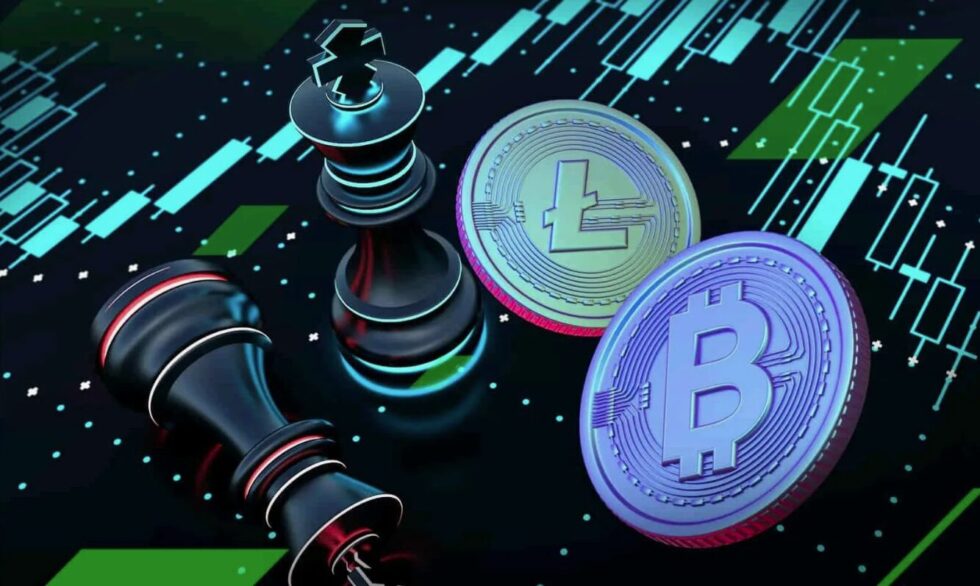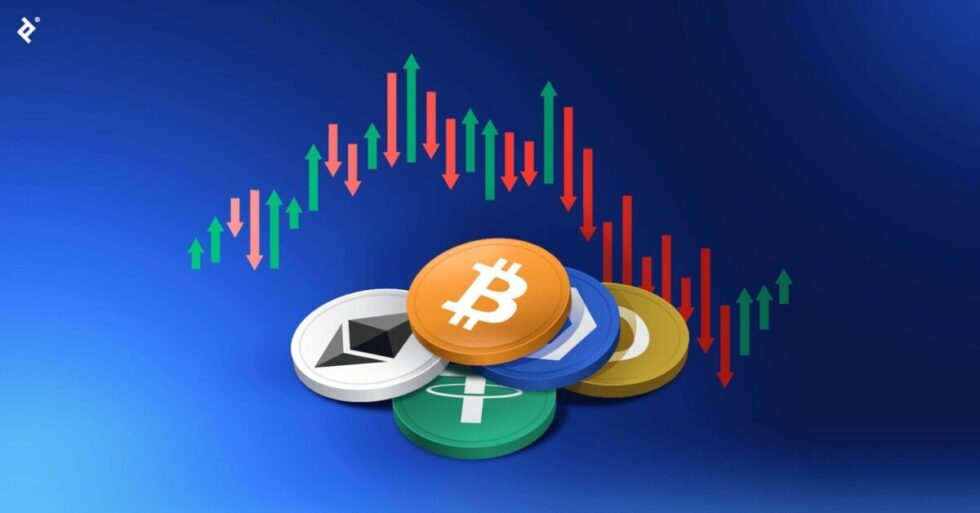Which altcoins could surge in 2025: Market analysis with a German perspective

Altcoins — all cryptocurrencies beyond bitcoin — have long attracted investors seeking higher returns than those available from the two largest digital assets. In 2025, with a highly volatile market and increasing regulation in Europe, the question of which altcoins might surge is particularly relevant for German investors. In Germany, BaFin’s strict regulatory oversight and the implementation of EU’s MiCA framework mean that only compliant and transparent projects are likely to gain long-term adoption. At the same time, narratives around artificial intelligence, tokenization, and decentralized finance (DeFi) are shaping which projects could outperform. Not all tokens, however, are built on strong fundamentals — many remain speculative, while others are developing real-world solutions in finance, AI, and renewable energy. The altcoin market is more diverse than ever, and German investors must distinguish between short-lived trends and sustainable opportunities. As G.business emphasizes, altcoins in 2025 can be both a source of spectacular gains and heavy losses for unprepared investors.
Key factors influencing altcoin potential
Several factors will determine which altcoins could surge in 2025. The first is regulation: in Germany, BaFin requires projects to be fully transparent and legally compliant. Altcoins operating within the EU MiCA framework will have an advantage, as institutional investors may prefer regulated tokens. Second, innovation matters: projects linked to artificial intelligence, tokenization of real-world assets, and DeFi are likely to attract more adoption. Third, macroeconomic conditions in the eurozone — such as persistent inflation and low bank interest rates — may drive Germans to alternative digital assets. Fourth, global narratives and media hype strongly affect prices, especially when communities actively promote projects. Finally, interoperability and scalability are crucial — altcoins that solve real bottlenecks in blockchain infrastructure may see exponential growth. For German investors, this means that strong fundamentals, not just short-term speculation, should guide portfolio allocation.
Main growth drivers for altcoins:
- Compliance with EU MiCA and BaFin regulation.
- Real-world use cases in finance, AI, and energy.
- Integration with tokenization and DeFi ecosystems.
- Macro trends such as euro inflation and low savings yields.
- Strong community, branding, and institutional adoption.
Altcoins with high potential in 2025
Among thousands of altcoins, only a select few are likely to succeed in 2025. Ethereum remains the most dominant altcoin thanks to its role in smart contracts, DeFi, and NFTs. Solana, after overcoming technical setbacks, is regaining popularity with its fast transactions and growing developer base. Chainlink has become indispensable as an oracle network connecting real-world data with blockchain. Infrastructure tokens like Polkadot and Cosmos are driving blockchain interoperability, which is increasingly vital for tokenization projects. Meanwhile, AI-focused tokens such as Fetch.ai and SingularityNET are benefiting from global artificial intelligence trends. Layer-2 solutions like Arbitrum and Optimism are also gaining traction as Ethereum scaling solutions. For German investors, these projects stand out because they combine technological innovation with potential regulatory compliance in Europe.
Altcoins with strong potential:
- Ethereum (ETH) – leader in smart contracts, DeFi, and NFT ecosystems.
- Solana (SOL) – fast transactions, expanding ecosystem.
- Chainlink (LINK) – critical for tokenization and real-world data feeds.
- Polkadot (DOT), Cosmos (ATOM) – interoperability leaders.
- Fetch.ai (FET), SingularityNET (AGIX) – AI-driven blockchain projects.
- Arbitrum (ARB), Optimism (OP) – scaling Ethereum with Layer-2.
Price forecasts and market scenarios
Price forecasts for 2025 remain uncertain but point to potential opportunities. Analysts suggest that Ethereum could reach new all-time highs if the bull market persists, possibly above $5,000. Solana, after its revival, may rise to the $250–300 range if adoption continues. Chainlink’s role in tokenization and financial data makes it a likely winner, with forecasts around $30–40. AI-related tokens may deliver the highest percentage gains if the global AI trend continues to expand. However, altcoins are far more volatile than bitcoin, and German investors must prepare for 50–70% corrections during bear markets. The key strategy is diversification: no single altcoin should dominate a portfolio. Scenario analysis shows both upside potential and downside risks that must be balanced carefully.
| Altcoin | Forecast 2025 (optimistic) | Risk of decline |
|---|---|---|
| Ethereum (ETH) | $5,000–6,000 | -40% in a bear market |
| Solana (SOL) | $250–300 | -60% if network issues return |
| Chainlink (LINK) | $30–40 | -50% if adoption slows |
| Fetch.ai (FET) | $2–3 | -70% if AI trend weakens |
How to invest in altcoins in Germany
Investing in altcoins in Germany requires compliance with local regulation. BaFin mandates that exchanges offering altcoins must hold proper licenses and implement KYC/AML checks. The safest options for German investors are platforms like Coinbase Germany, Kraken, Bitpanda, and regulated fintechs. Taxation is another key issue: under German law, profits from selling altcoins held for less than 12 months are subject to income tax. However, if altcoins are held for more than one year, capital gains are tax-free for private investors. This creates an incentive for long-term holding rather than short-term speculation. For security, German investors are advised to use hardware wallets (Hardware-Wallets) instead of leaving funds on exchanges. Diversification across multiple altcoins, combined with stablecoins for liquidity, is also a practical strategy.

Steps for German investors:
- Choose a BaFin-licensed exchange (Coinbase, Kraken, Bitpanda).
- Complete KYC and comply with German AML rules.
- Diversify across infrastructure, AI, and DeFi altcoins.
- Store assets securely on hardware wallets.
- Hold for 12+ months to benefit from German tax exemptions.
Altcoins in 2025 represent both significant opportunities and serious risks for German investors. They can deliver returns of several hundred percent but can also collapse dramatically in bear markets. The most promising projects are infrastructure-related, AI-driven, and focused on tokenization of real-world assets. In Germany, investors must always factor in BaFin oversight and EU MiCA compliance, which increase security but limit speculative freedom. The most effective strategy remains diversification, long-term holding, and investing only what one can afford to lose. Altcoins resemble digital startups: some will grow into global leaders, others will disappear. Careful analysis of fundamentals, not hype, should guide German investors in 2025.
Latest events in politics and global economy at Cryptonews – practical tips on how to act and invest. Read: Which Cryptocurrencies Are the Most Popular in Germany Right Now